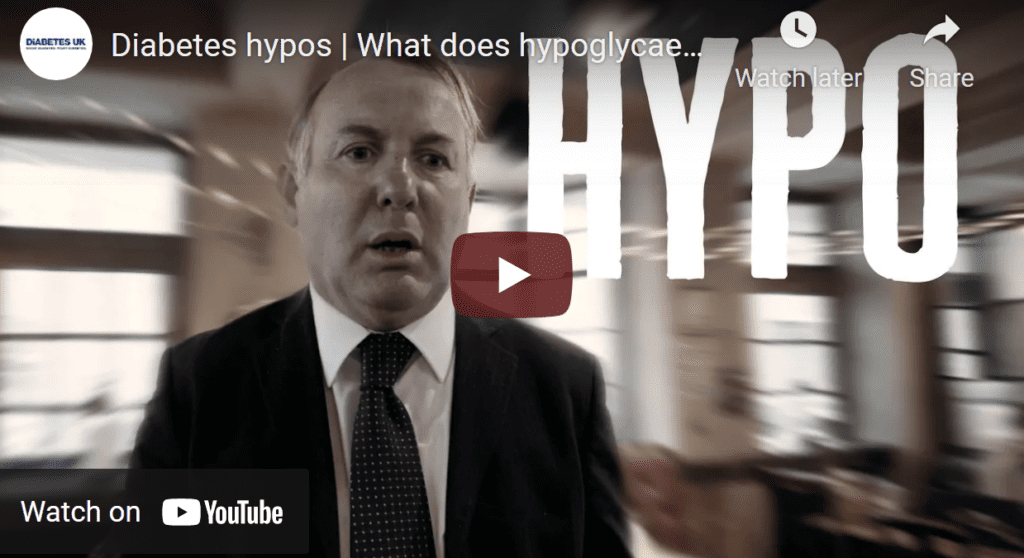Diabetes: what are type 1 and 2 and how can you help?
This month our colleagues in NRL’s team are helping to raise awareness of diabetes – looking at what the condition is, different types of diabetes and how we can support fellow colleagues living with the condition.
Their campaign is part of the NRL Group’s year of giving back , where teams across the UK and nationwide are supporting causes that are important to them each month. For October the team based on Earls Gate Business Park in Grangemouth chose Diabetes UK as their selected charity.
What is diabetes?
Diabetes is an extremely serious condition where someone’s blood glucose level (often called blood sugar level) becomes too high. It’s lifelong, so needs to be constantly managed.
Research from Diabetes UK shows that someone is diagnosed with the condition every two minutes, and that there are 4.8 million people living with diabetes.
There are two main types of diabetes, type 1 and type 2.
Understanding type 1
This is where someone’s immune system attacks their insulin producing cells, destroying them. Those people with this type will need regularly injecting with insulin for the rest of their life, to help them manage their condition. Insulin is important because it helps to control and regulate blood glucose levels.
Whilst there is currently no cure for type 1 diabetes, paying more attention to the food and drink you consume can play a part in helping to manage a healthier lifestyle to support insulin injections. Organisations such as Diabetes UK provide a range of resources to help with this, as well as undertaking vital research to better understand the condition.
Understanding type 2
Type 2 diabetes is more common type, this is where someone’s body cells do not react to insulin or not enough insulin is being produced. Type 2 diabetes is developed and according to Diabetes UK, around 90% of adult diabetes cases in the UK are type 2.
Medicine is often required to manage this type, which helps to lower the level of sugar in the blood. Anyone requiring medicine in the UK to can apply to receive an exemption certificate though, so prescriptions for medicine are free of charge. Diet and lifestyle also plays a huge part in managing the condition.
How can we help colleagues with the condition?
The biggest thing people can do to support someone with diabetes is to understand more about the condition and how to spot the warning signs that they may need assistance.
Hypoglycaemia, referred to as hypo in short, is a complication of diabetes where someone’s blood glucose level becomes too low. This can happen if there is a slight imbalance in medication, or perhaps food or activity cause a tip in the wrong direction. It’s important to be able to know the signs that someone is going into hypo, so you can help them to take in sugar or glucose.
This great video from Diabetes UK highlights the main signs to watch out for.

Everyone will react differently, but the most common symptoms of a diabetic attack to watch out for are:
- feeling shaky
- feeling disorientated
- sweating
- being anxious or irritable
- going pale
- palpitations and a fast pulse
- lips feeling tingly
- blurred vision
- being hungry
- feeling tearful
- tiredness
- having a headache
- lack of concentration
What can you do to help?
If someone in your team has type 1 or type 2 diabetes, then make sure everyone is aware of how they can support them. Normalise the conversation, and let them know that you want to be able to help them and keep them safe.
For anyone wanting to understand more about the condition, Diabetes UK has a learning zone on their website with free of charge short courses.